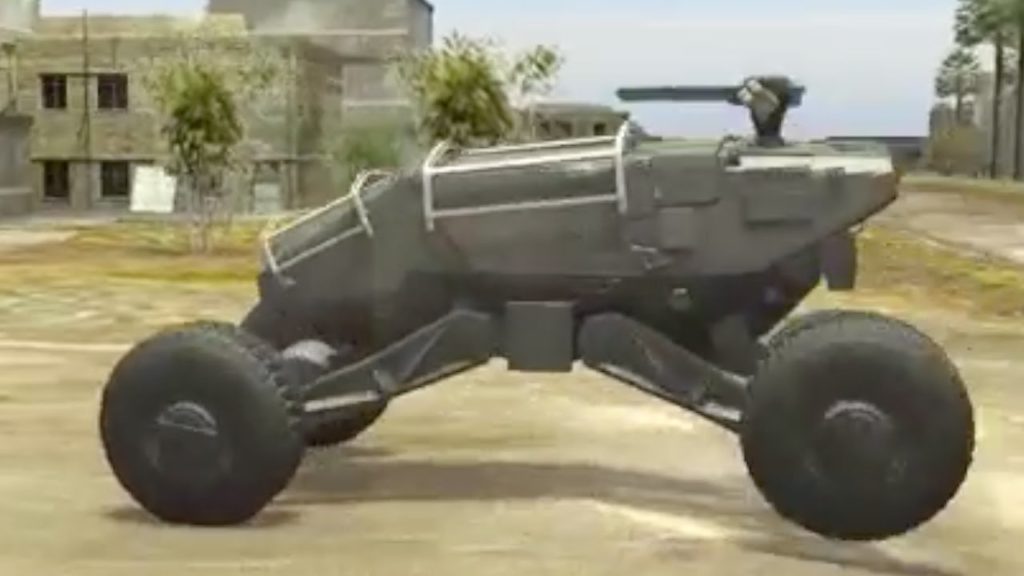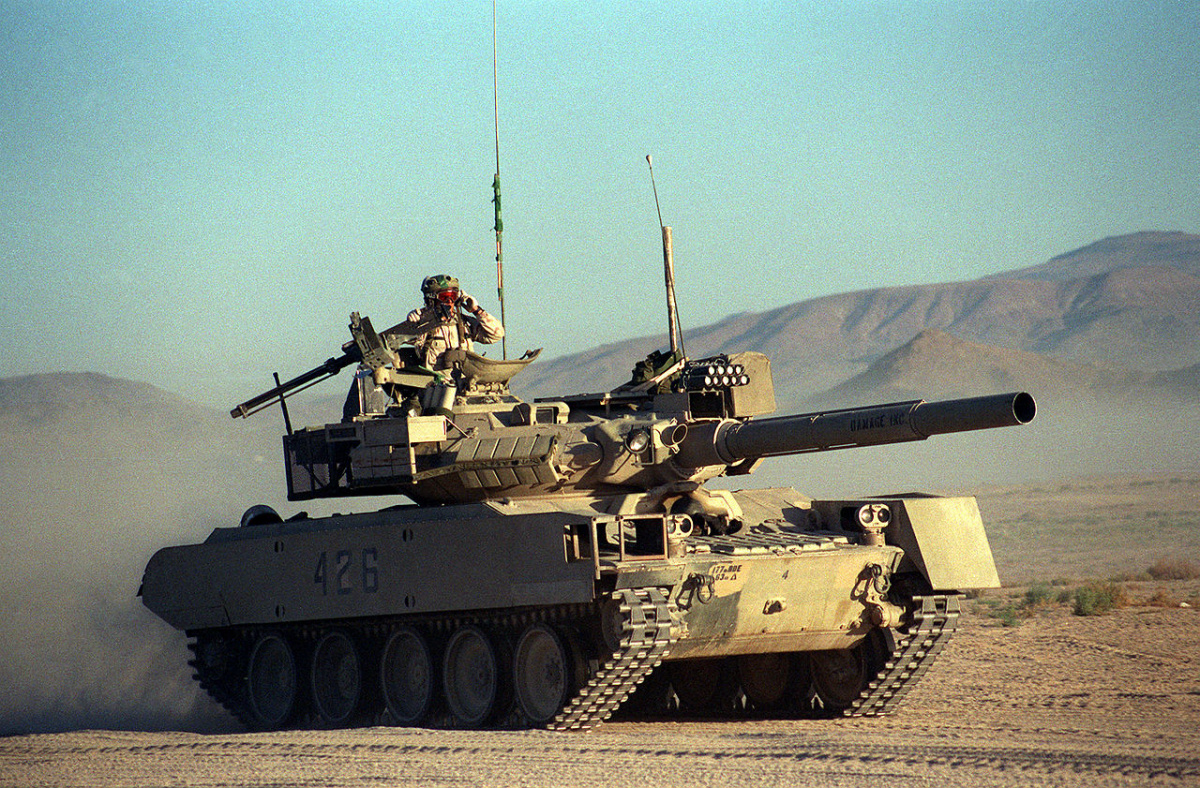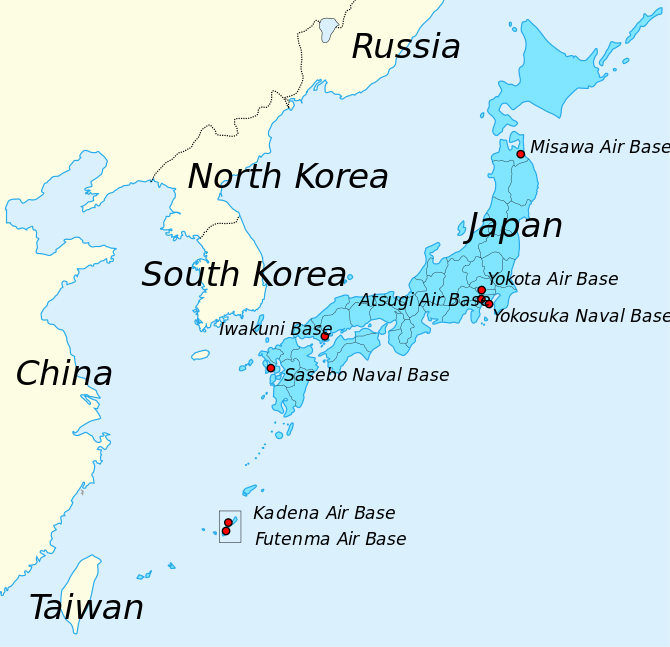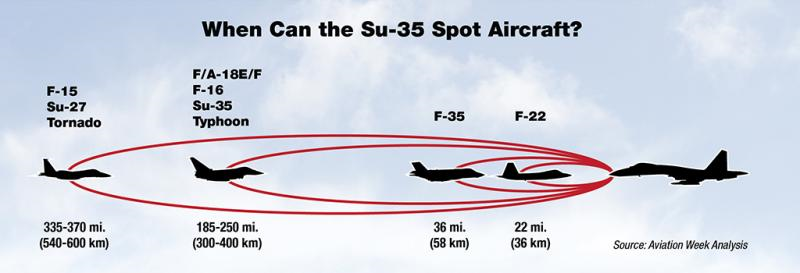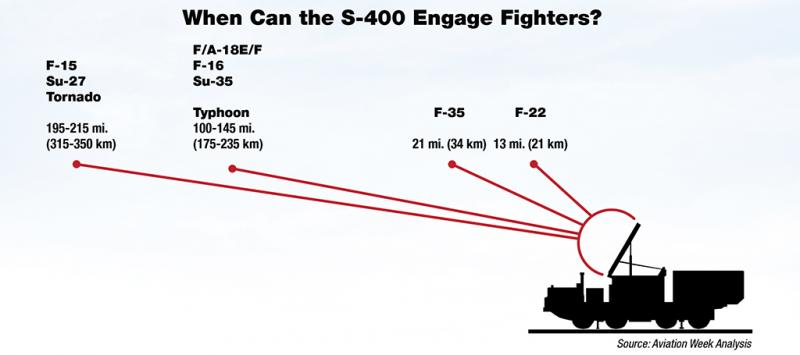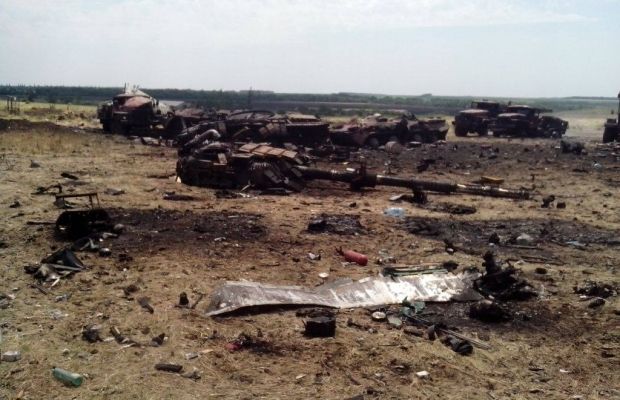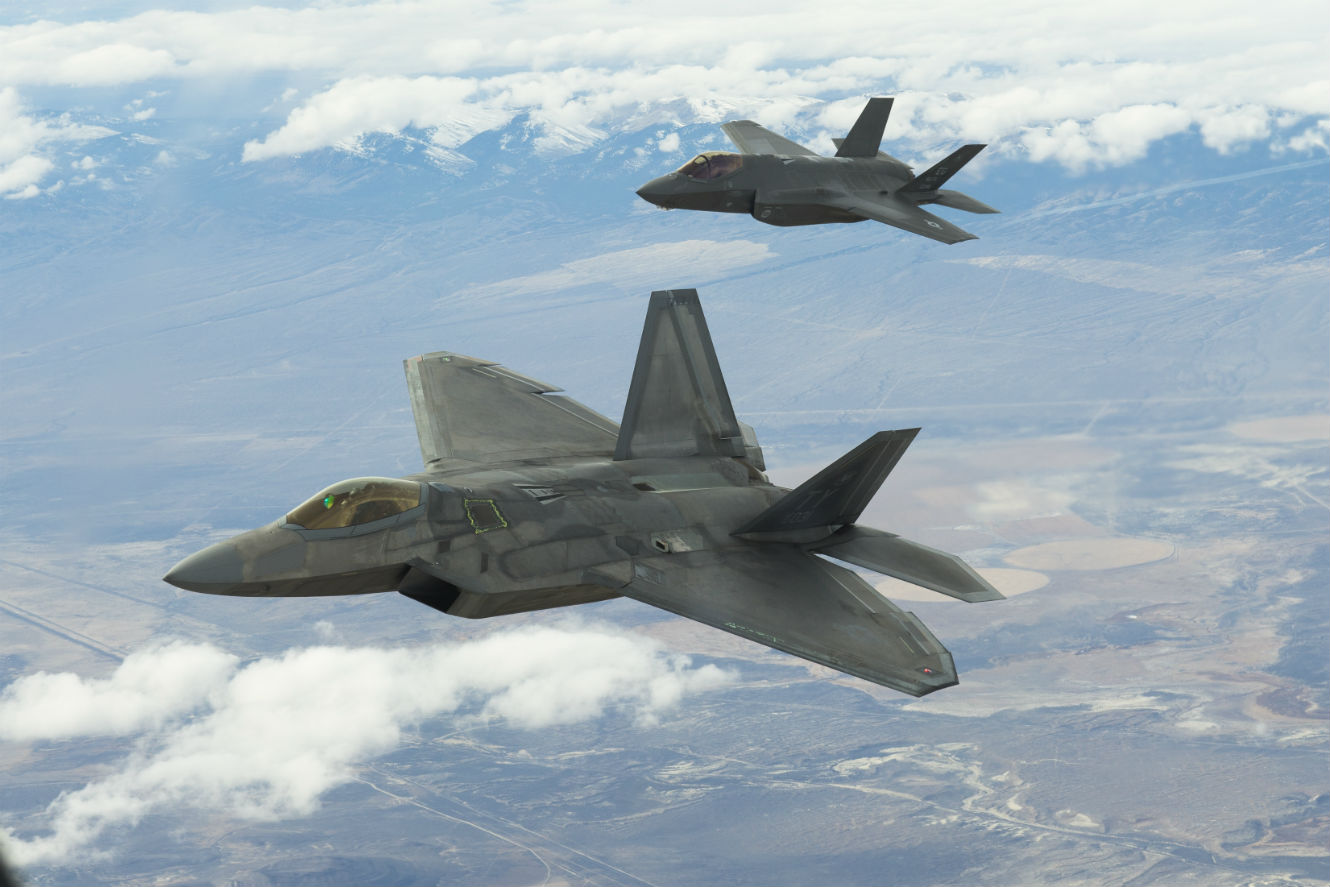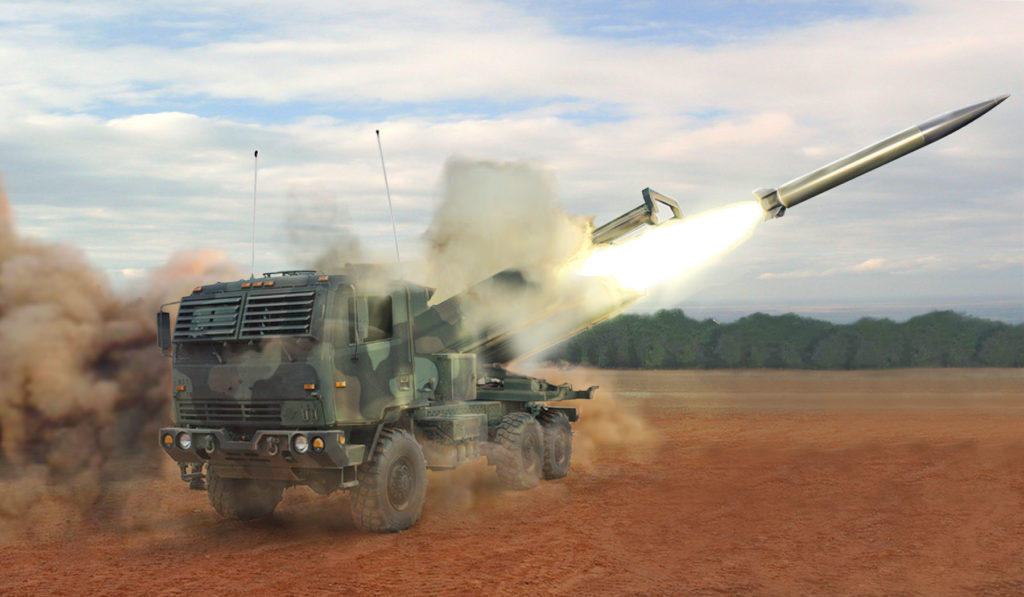
As the U.S. Army develops its new Multi-Domain Battle (MDB) concept and seeks to modernize and upgrade its forces, some have called for optimizing its force structure for waging combined arms maneuver combat. What would such an Army force structure look like?
The active component of the Army currently consists of three corps, 10 divisions, 16 armored/Stryker brigade combat teams (BCTs), 15 light infantry BCTs, 12 combat aviation brigades, four fires brigades, three battlefield surveillance brigades, one engineer brigade, one Ranger brigade, five Special Forces groups, and a special operations aviation regiment.
U.S. Army Major Nathan A. Jennings and Lt. Col. Douglas Macgregor (ret.) have each proposed alternative force structure concepts designed to maximize the Army’s effectiveness for combined arms combat.
Jennings’s Realignment Model
Jennings’s concept flows directly from the precepts that MDB is being currently developed upon.
Designed to maximize diverse elements of joint, interorganizational and multinational power to create temporary windows of advantage against complex enemy systems, the Army’s incorporation of [MDB] should be accompanied by optimization of its order of battle to excel against integrated fire and maneuver networks.
To that end, he calls for organizing U.S. Army units into three types of divisions: penetration, exploitation and stabilization.
Empowering joint dynamism begins with creating highly mobile and survivable divisions designed to penetrate complex defenses that increasingly challenge aerial access. These “recon-strike” elements would combine armored and Stryker BCTs; special operations forces; engineers; and multifaceted air defense, indirect, joint, cyber, electromagnetic and informational fires to dislocate and disintegrate adversary defenses across theater depth. As argued by Lt. Gen. H.R. McMaster, then-director of the Army Capabilities Integration Center, they could “fight their way through long-range weapons fire and gain physical contact with hard-to-find opponents” while striking “from unexpected directions with multiple forms of firepower.”
Exploitation divisions would employ more balanced capabilities to destroy enemy concentrations, clear contested zones and seize key terrain. Comprising a variety of light, airborne, motorized and mechanized infantry BCTs with modest armor and engineer support—all empowered by destructive kinetic, electronic and virtual fires—these commands would attack through windows of opportunity created by deep strikes to overmatch paralyzed defenders. While penetrating formations would rapidly bridge air and land component efforts, their more versatile and flexible exploitation counterparts would allow joint commands to decisively shatter adversary warfighting capabilities through intensive fire and maneuver.
The third type of division would be made up of elements trained to consolidate gains in order to set the conditions for a sustainable, stable environment, as required by Army doctrine. The command’s multifaceted brigades could include tailored civil affairs, informational, combat advisory, military police, light infantry, aviation and special operations elements in partnership with joint, interdepartmental, non-governmental and coalition personnel. These stabilization divisions would be equipped to independently follow penetration and exploitation forces to secure expanding frontages, manage population and resource disruptions, negotiate political turbulence, and support the re-establishment of legitimate security forces and governance.
Jennings did not specify how these divisions would be organized, how many of each type he would propose, or the mix of non-divisional elements. They are essentially a reorganization of current branch and unit types.
Proposing separate penetration and exploitation forces hearkens back to the earliest concepts of tank warfare in Germany and the Soviet Union, which envisioned infantry divisions creating breaches in enemy defenses, through which armored divisions would be sent to attack rear areas and maneuver at the operational level. Though in Jennings’s construction, the role of infantry and armor would be reversed.
Jennings’s envisioned force also preserves the capability for conducting wide area security operations in the stabilization divisions. However, since the stabilization divisions would likely constitute only a fraction of the overall force, this would be a net reduction in capability, as all of the current general purpose force units are (theoretically) capable of conducting wide area security. Jennings’s penetration and exploitation divisions would presumably possess more limited capability for this mission.
Macgregor’s Transformation Model
While Jenning’s proposed force structure can be seen as evolutionary, Macgregor’s is much more radically innovative. His transformation concept focuses almost exclusively on optimizing U.S. ground forces to wage combined arms maneuver warfare. Macgregor’s ideas stemmed from his experiences in the 1991 Gulf War and he has developed and expanded on them continuously since then. Although predating MDB, Macgregor’s concepts clearly influenced the thinking behind it and are easily compatible with it.
In a 2016 briefing for Senator Tom Cotton, Macgregor proposed the following structure for U.S. Army combat forces.

The heart of Macgregor’s proposal are modular, independent, all arms/all effects, brigade-sized combat groups that emphasize four primary capabilities: maneuver (mobile armored firepower for positional advantage), strike (stand-off attack systems), ISR (intelligence, surveillance, reconnaissance) and sustainment (logistics). These modular groups would be the Army’s contribution to cross-domain, corps-level joint task forces, which is how he—and increasingly the rest of the U.S. armed forces—sees the U.S. military waging combat in the future.

Macgregor’s envisioned force structure adds his Reconnaissance Strike Group (RSG) to armored, mechanized infantry, and airborne/air-assault light infantry units. These would total 26 brigade-sized groups, down from the current 31 BCTs, with a ratio of 16 RSG/armored groups to 10 mechanized/airborne infantry.
Macgregor would also downsize the number of manned rotary wing combat aviation elements from 12 to four mostly be replacing them with drones integrated into the independent strike groups and into the strike battalions in the maneuver groups.
He would add other new unit types as well, including theater missile defense groups, C41I groups, and chem-bio warfare groups.
Macgregor’s proposed force structure would also constitute a net savings in overall manpower, mainly by cutting out division-level headquarters and pushing sustainment elements down to the individual groups.
Evolution or Revolution?
While both propose significant changes from the current organization, Jennings’s model is more conservative than Macgregor’s. Jennings would keep the division and BCT as the primary operational units, while Macgregor would cut and replace them altogether. Jennings clearly was influenced by Macgregor’s “strike-reconnaissance” concept in his proposal for penetration divisions. His description of them is very close to the way Macgregor defines his RSGs.
The biggest difference is that Jennings’s force would still retain some capacity to conduct wide area security operations, whether it be in conventional or irregular warfare circumstances. Macgregor has been vocal about his belief that the U.S. should avoid large-scale counterinsurgency or stabilization commitments as a matter of policy. He has also called into question the survivability of light infantry on future combined arms battlefields.
Even should the U.S. commit itself to optimizing its force structure for MDB, it is unclear at this point whether it would look like what Jennings or Macgregor propose. Like most military organizations, the U.S. Army is not known for its willingness to adopt radical change. The future Army force structure is likely to resemble its current form for some time, unless the harsh teachings of future combat experience dictate otherwise.

